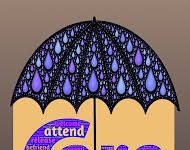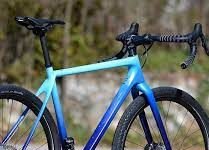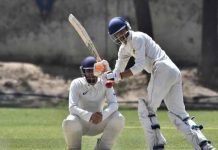More often than not, methodical minds experience a longing for glory, a longing for radical thoughts and a compulsive need to unfold the truth – no matter, personal comfort be doomed! To begin with, let me quote an example of an illustrious stalwart who performed his first cardiac catheterization on himself. Check out the some silly experiments.
Werner Forssmann shared the 1956 Nobel Prize in medicine for his quirky self-experiment. Here is an engrossing account of 3 modern pieces of research who did away with the convention to explore the whole gamut of medical care:
Silly experiments which bought a Noble Prize for Barry Marshall :
- Oddity of Barry Marshall:
Barry Marshall, the young doctor in Australia in the 1980s had a propensity for digging into the details of ulcer-affected patients. His ever inquisitive mind prompted him to take the initiative of self -experimentation.

However, the widespread rumor that spicy food and stress result in the occurrence of peptic ulcers seemed skeptic. Convinced with his notion of self- experimentation, Marshall swallowed a cup of murky broth jam packed with Helicobacter pylori bacteria. Within a week, he was vomiting daily. Tests and X-ray scans clearly showed that his stomach lining was inflamed and required immediate attention. Anxiety got the better of his wife and she prodded into action.
After a round of antibiotics, the infection disappeared. The experiment seemed outrageous only to earn him a Nobel Prize in the year 2005. Today, more often than not, ulcers are treated with antibiotics and there is no clear evidence that the stress of modern life and the regular consumption of spicy food shall result in peptic ulcers.
- Idiosyncrasy of Marlene Thielecke :
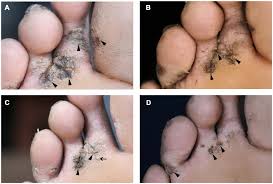
German Ph.D. student, Marlene Thielecke was known for her adventurous travelogues. During her brief sojourn in Madagascar, she notices that a sand flea had burrowed deep into the bottom of her foot. Her unimpaired valor evinced a blend of awe and curiosity. She decided to leave the sand flea there and started documenting its growth with photos and videos. More often than not, researchers were left flummoxed over how these parasites, known to the medical world as chiggers reproduce.
Usually, female chiggers release fertile eggs after they burrow into a person’s skin. However, Marlene Thielecke broke the jinx of the chiggers’ reproduction and noticed that bare footedness stimulates their reproduction. She noticed that her chigger, always covered by shoes, unlike the custom of the barefoot locals, never released eggs. Footwear disrupts the chigger mating process. Her adventurous spirit worked wonders and the insights of her experiment helped the medical fraternity. Footwear forestalls complications – a simple, yet an effective statement.
- Mark Gasson is a maverick!
Mark Gasson is truly a maverick. He demonstrated his toughness with an experiment of real chutzpah. His experiment was replete with fearless intent and natural leveraging provided by his indomitable spirit. Heart pacemakers are known to work wonders. However, they are vulnerable to virus programs written by hackers.
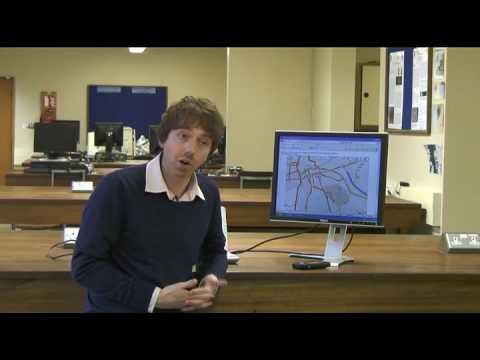
To substantiate his claims, Mark Gasson implanted a tiny chip into his hand. Well, the chip had the attributes of a powerful radio frequency identification chip, unlike the electronic tags used to track pets. He programmed a computer virus and infected the chip with the virus. As a consequence, his chip not only debased his parent computer system but also tried to flex its ugly muscles on other chips connected to the system. In a nutshell, the cat has been let out of the bag- Our implanted devices are vulnerable to viruses. Fortunately, Gasson was not in any physical danger. However, to all intents and purposes, a heart patient could have been. His work paved the way to develop robust medical devices.









